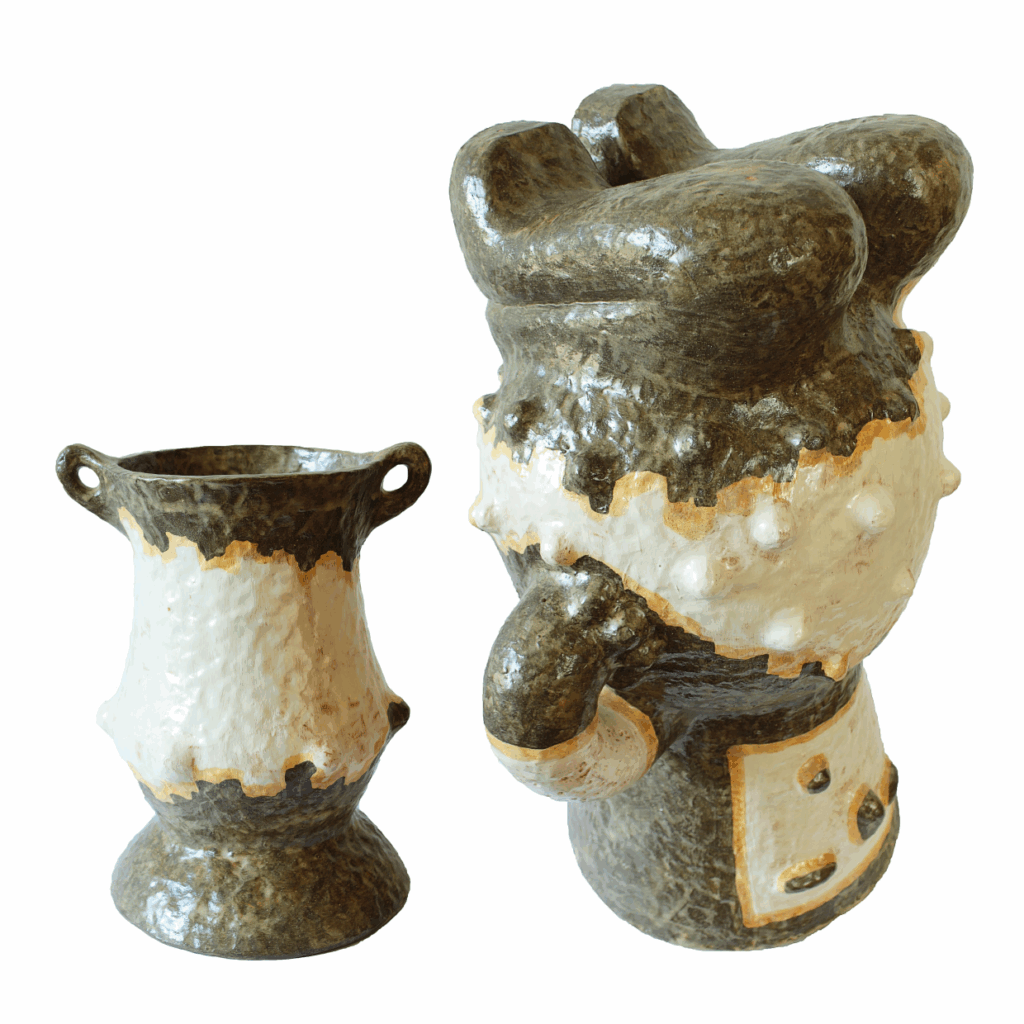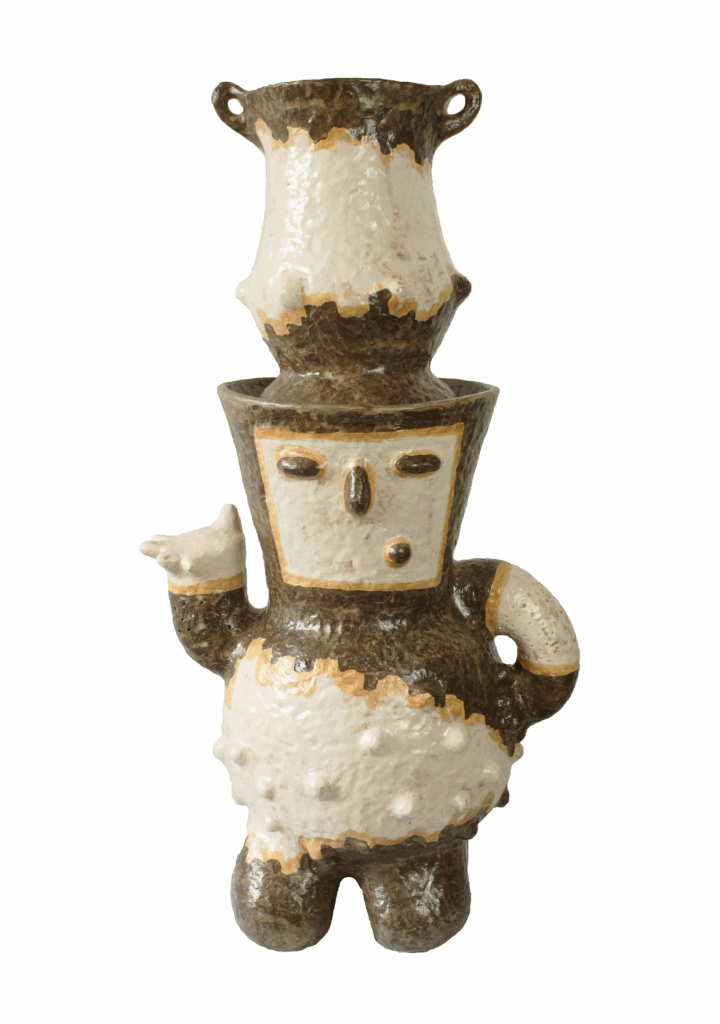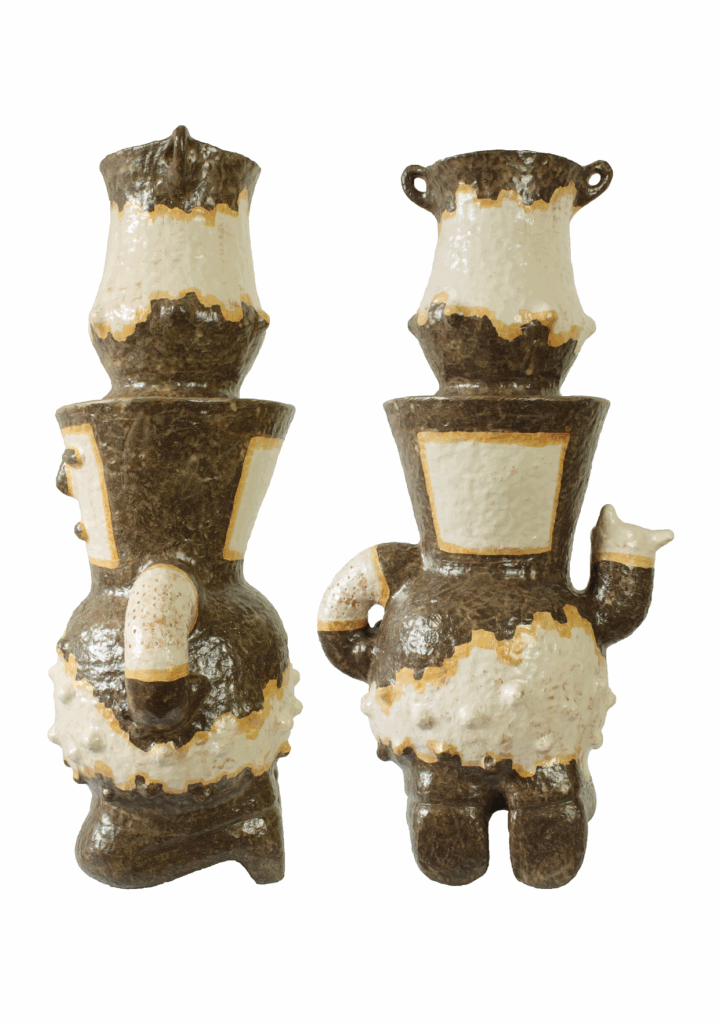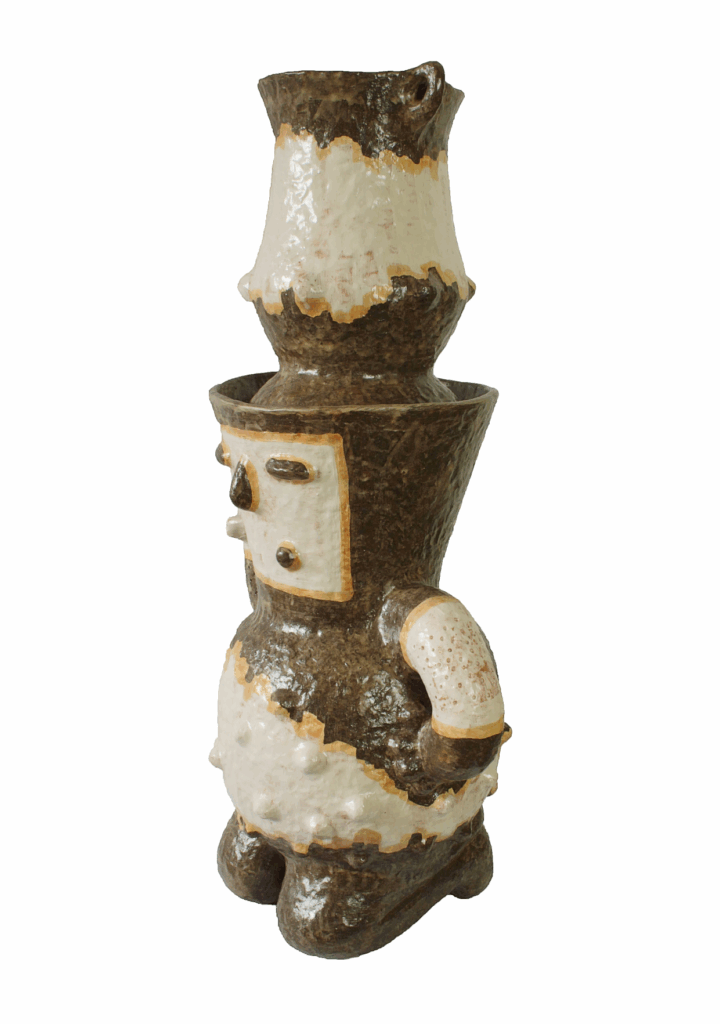MEANDER
The brand name Meander symbolizes the flow of time, within whose riverbed history unfolds. In its bends, this current approaches earlier states of being, from which values can be carried over into our contemporary lives. This concept lies at the heart of the brand. Numerous Neolithic cultures once thrived in the Carpathian Basin, known today primarily through their ceramic artifacts—most notably, ceramic sculptures. These ancient forms have the power to speak to people, allowing each viewer to find their own meaning within the works.
ABOUT THE DESIGNER
An important part of Imre Zsolt Bárczi’s work is the processing of the treasures of the cultures that have developed in the Carpathian Basin over thousands of years, and their transformation into a form that is appropriate for today’s times. These rustic shapes can be an eloquent ornament of modern and authentic architectural spaces. In addition to their aesthetic value, they can tell a story about the additional meanings hidden in their representations, so that they can be more than just decorative or meditative elements for their future owners. They can express a sense of belonging, a way of thinking.
ABOUT THE EXHIBITED OBJECT
Crocker (2025)
The custom of making vessels with human faces can be traced from Mesopotamia, Anatolia and the Balkans, all the way to the Carpathian Basin, and even further west, starting from the Neolithic Age. According to the most common view, vessels transformed by the depiction of a human face may have had a storage and/or protective function against hex, warding off evil. The appearance of the Crocker statue also reflects the forms of Neolithic sacred ceramics, as well as the stylistic features of mythical human figures found as decorations on 1500s painted chests.




